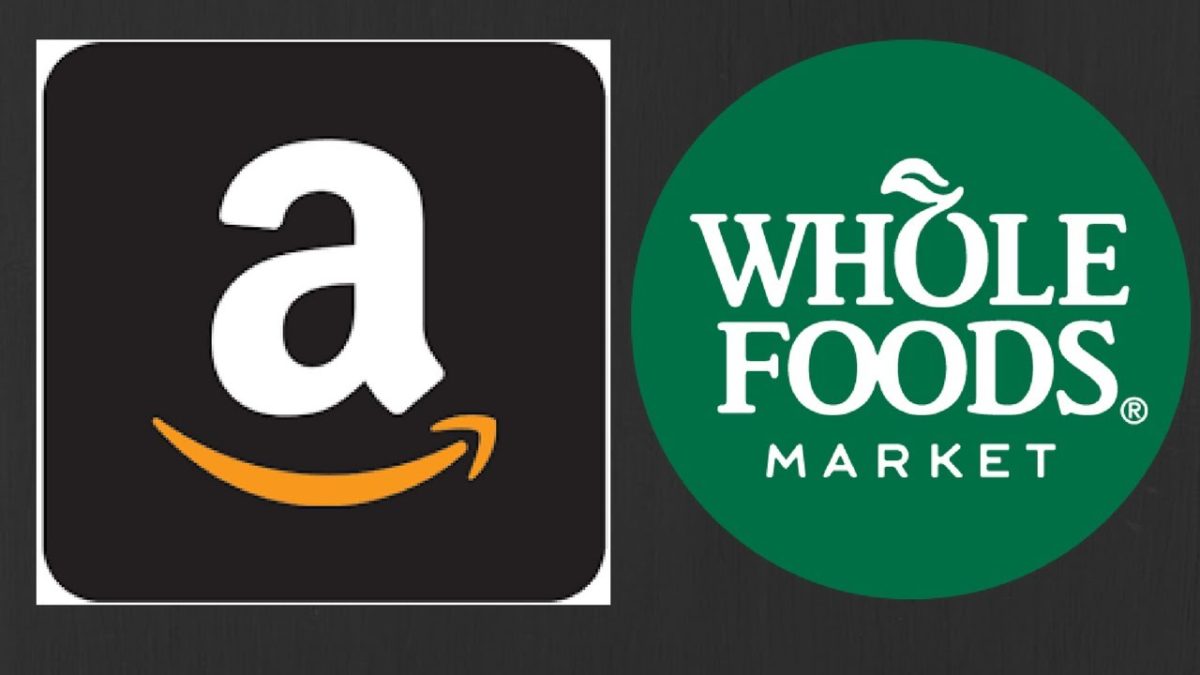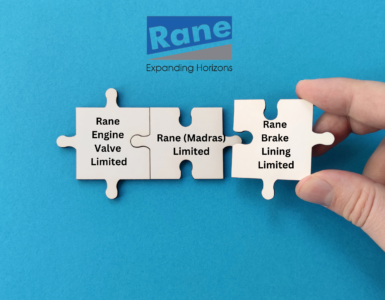Amazon is an American E-commerce and cloud computing company based in Seattle, Washington. It is a largest Internet based retailer in the world by total net sales [around $ 136 billion (Dec 16) and by market capitalisation which is currently stood at around $ 465 Billion. Amazon also manufactures and sell electronic devices (Kindle e-readers, Fire tablets, Fire TV, and Echo) and world largest provider of cloud infrastructure services.
Whole Foods Market, is the leading natural and organic foods supermarket based in US, having a current market capitalization of around $ 13.46 Billion. In fiscal year 2016, the Company had sales of approximately $16 billion and has more than 460 stores in the United States, Canada, and the United Kingdom and averaging over eight million customers visits each week. It is the sixth largest grocery store.
Transaction
On June 16, 2017, Amazon and Whole Foods Market, Inc. announced that they have entered into a definitive merger agreement under which Amazon will acquire Whole Foods Market for $42 per share in an all-cash transaction valued at approximately $13.7 billion, including Whole Foods Market’s net debt.
Whole Foods Market will continue to operate stores under the Whole Foods Market brand and source from trusted vendors and partners around the world. John Mackey will remain as CEO of Whole Foods Market and Whole Foods Market’s headquarters will stay in Austin, Texas.
Completion of the transaction is subject to approval by Whole Foods Market’s shareholders, regulatory approvals and other customary closing conditions. The parties expect to close the transaction during the second half of 2017.
Amazon’s offer of $42/share represent almost 27% premium over last closing share price whole food market.
Since scheme is yet to filed with the regulatory authority we have assumed that majority shares of promoter and Institutional investors (holds 92% stake) are bought by Amazon.
Financials at a Glance
Amazon is unfolding new heights whose revenue is showing YOY growth whereas Whole Food was a sinking ship whose operating and net income are continuously showing a downward trend from last few years.
Table 1: Financials (All Figs. in $Billion)
| Particulars | Amazon | Whole Foods |
| Year ended on | 31-12-2016 | 25-09-2016 |
| Revenue | 135.98 | 15.724 |
| Operating Income | 4.186 | 0.857 |
| Net Income | 2.371 | 0.507 |
| Total Assets | 83.402 | 6.341 |
| Total Equity | 19.285 | 3.224 |
| Total debt | 20.301 | 0.72 |
| Basic EPS (in $) | 5.01 | 1.55 |
| P/E Ratio (in times) | 185.36 | 33.6 |
| CMP/Share (in $) | 990 | 42.25 |
Possible Rationale Behind the Scheme
Last year Amazon which showcase its plan for future of grocery stores launched Amazon-Go which doesn’t work like existing supermarket players, instead, it’s designed so that shoppers will use an app, also called Amazon Go, to automatically add the products they plan to buy to a digital shopping cart; they can then walk out of the building without waiting in a checkout line.
Deal will provide over 460 grocery stores to the Amazon with average eight million customer visit weekly which will be potential user of Amazon fresh and of Amazon prime which is generating around $ 6.4 billion (Dec 16) revenue from prime membership subscription only.
Benefit to Amazon from the Deal
- It will give a full fledge entry to Amazon in the grocery store business which is over $ 700 Billion (in US).
- Deal will give amazon infrastructural boost; whole food grocery stores are speared across some of the most affluent neighbourhoods in the United States.
- Amazon Prime currently has around 64 million prime subscribers globally. Based on a survey Prime members spends over $1000 a year while only 8% non-Prime shopper do so, company will try to give some lucrative discounts to those members who are regular visitors of Whole Food Market stores.
- Wealthy families spend around $ 500 per month at whole food stores, Amazon will hope that they can spend couple of thousand dollars a year through them.
- Shares of Amazon were up by 3% post announcement, this increase added almost $14 billion to the value, recovered the entire deal value.
- Amazon logistics across North America with its network of warehouses, jets and delivery routes will be an added advantage.
Benefit to Whole Foods from the Deal:
- Offer Price is at almost 27% premium by keeping in mind that profits of Whole food market are continuously dooming. Market cap has fallen from $ 22.35 Billion (Oct 2013) to $ 13.4 billion.
Present and future competitions
- Whole food is market leader in organic and natural food in grocery stores which faces competition from Kroger chains and Target.
- On the day of acquisition, shares of Kroger, Target and other related companies tumbles due to foreseen strength and anticipated competition from Amazon.
- Whereas Walmart is much bigger in size and scale and currently Whole food is not posing any threat to them but Amazon’s online E-commerce experience and its expansion in physical grocery store will certainly challenge their position in near future.
| Direct Competition | ||||
| Market Cap in $ | Revenue in $ | Stores (US) | P/E Ratio | |
| Sprouts Farmers Markets (SFM) | 3.15 B | 4.18 B | 250 | 26.15 |
| Indirect Competition | ||||
| Wal-Mart | 221.59 B | 482.13B | 5,229 | 16.62 |
| Kroger | 20.35 B | 115.3 B | 2796 | 13.57 |
| Target | 29.1 B | 69.5 B | 1,802 | 10.97 |
Other Factors
Amazon has a shipping cost of over $ 7 billion (Dec 16) which is almost 10% of its Cost of sales, selling their online product through the shelves of Whole food market which help them in cutting shipping cost related to online food & grocery business.
Margin Game- Online selling has a comparatively less margin as it involves many intermediaries as compare to direct selling, Whole food stores will help in increasing the current margin.
Future Expectation: As per a market study, online grocery shopping will take around 20% market by 2025 but still a long way to go where physical stores are still relevant for the sales.
Return on Invested Capital (ROIC): Whole food currently having 12.7% ROIC, whereas of Kroger is 13.09%, Target Corp has 15%, Walmart is having 15.5%. Amazon needs innovative strategies, expertise knowledge, lucrative deals and aggressive marketing to get return on its capital invested in Whole food which is low as compare to its other big competitors.
Synergy Gain: Shareholder of Amazon will stand to gain from this deal with increase around $10 billion in their wealth while considering the joint PAT and PE of Amazon.
Conclusion
Amazon last December revealed Amazon Go Store a machine learning technology enabled store but which were small compared to big super markets. With successful acceptance in the market now it wants to expand into grocery store market with aggressive approach. Therefore, with ready infrastructure, it acquired Whole Food Market who was losing market share and revenue. Amazon now will start competing with other big players viz. Walmart. Other players will have to collaborate for a greater market share and update or bring latest innovative technology to compete Amazon. The exit by promoters of Whole Food Market and Institutional investors has helped them to avoid further losses. Whereas it seems other shareholders of whole food market will have options to surrender the share as this premium or participate in the future expansion. Synergy benefits and quick scaling up of offline distribution will benefit Amazon to create more shareholders value.




